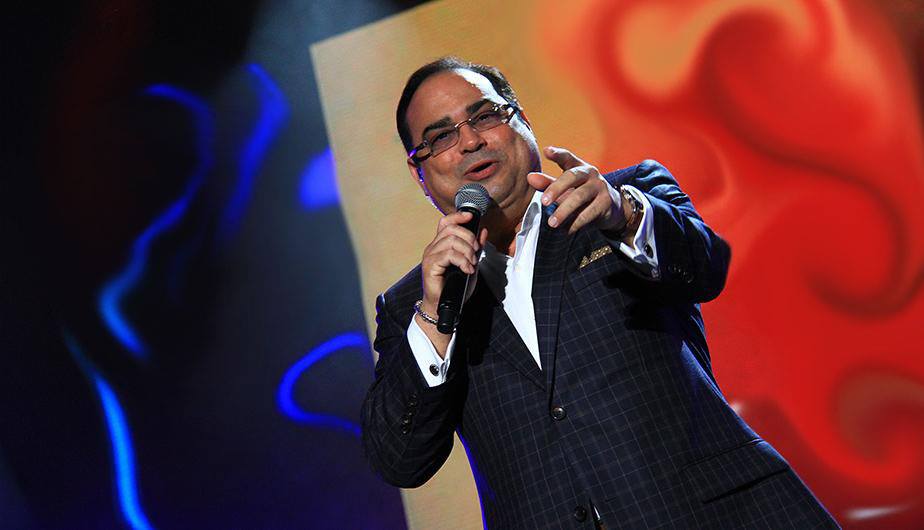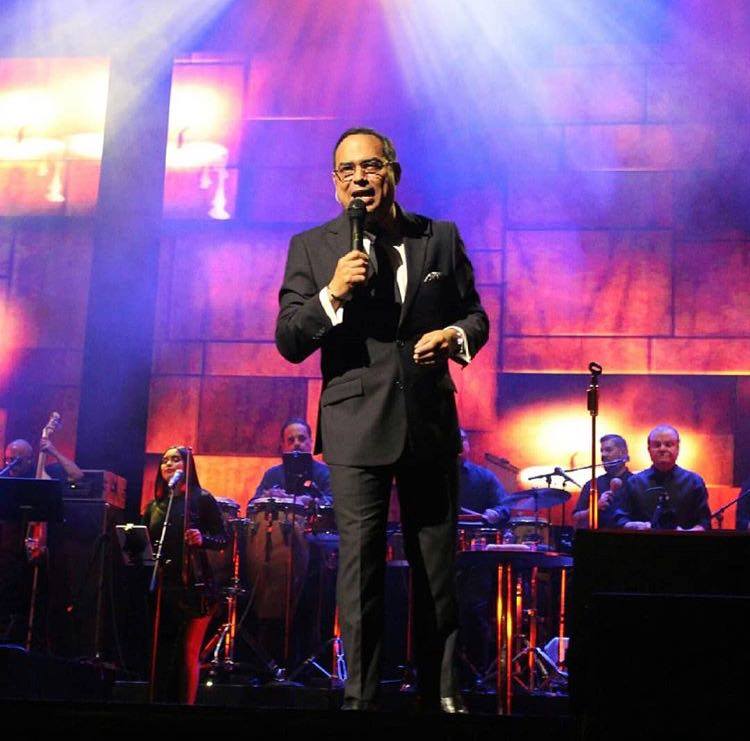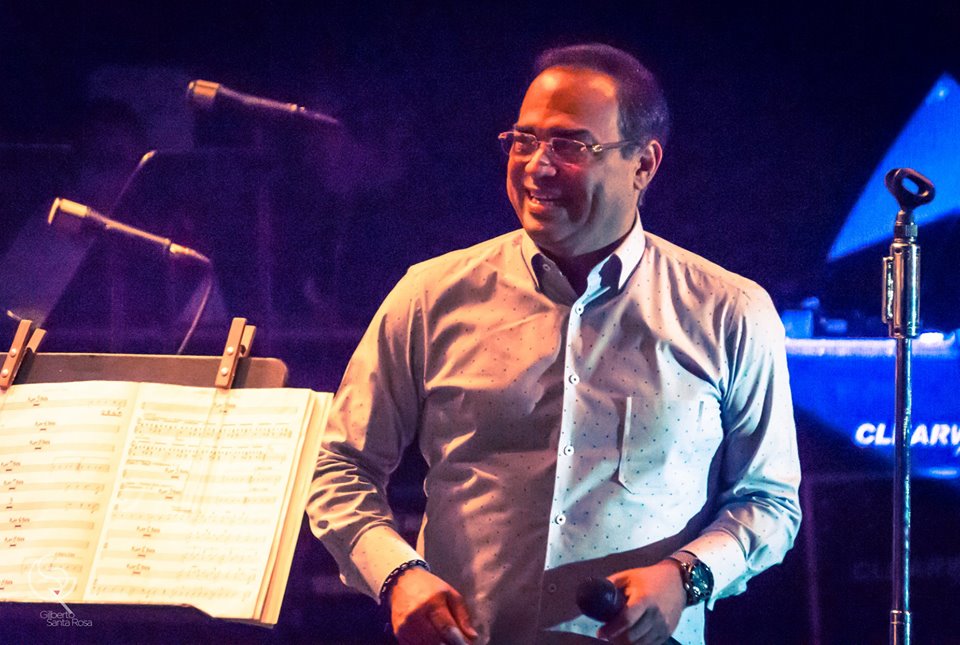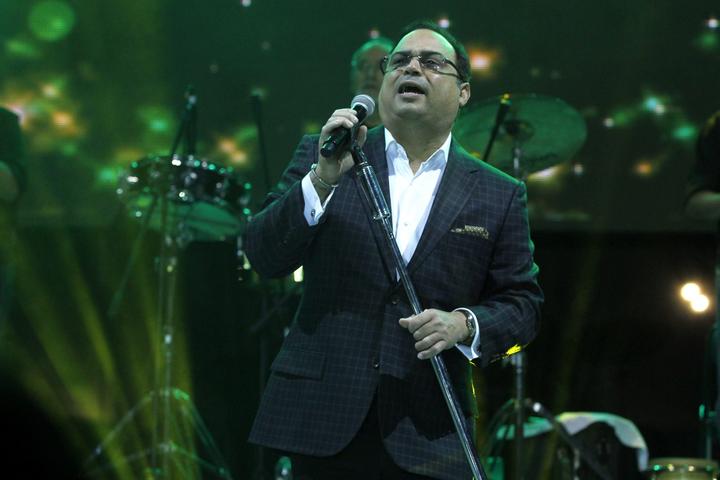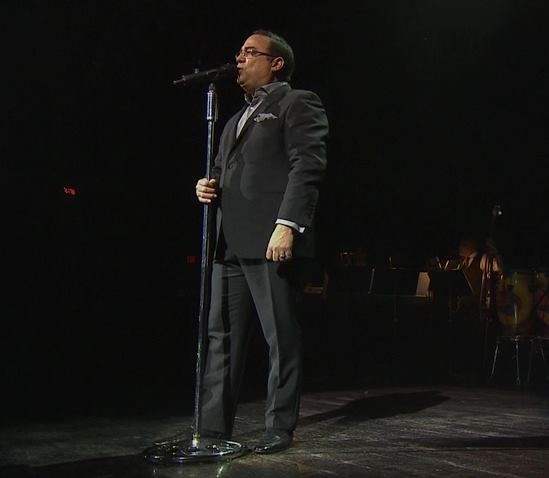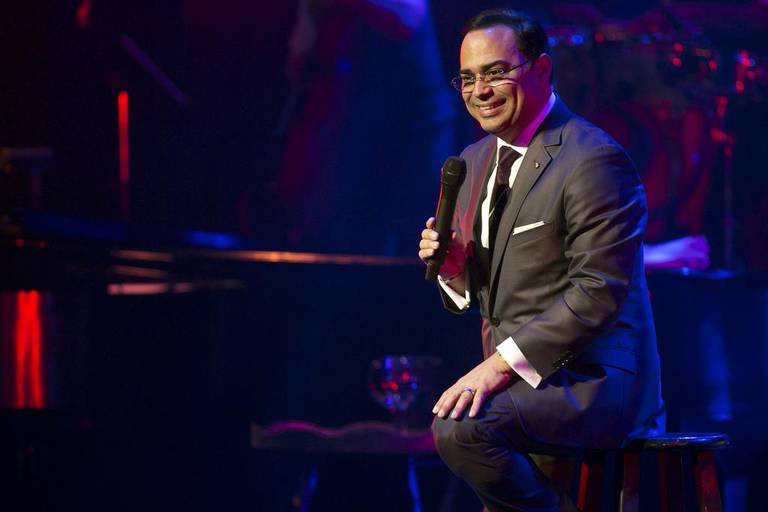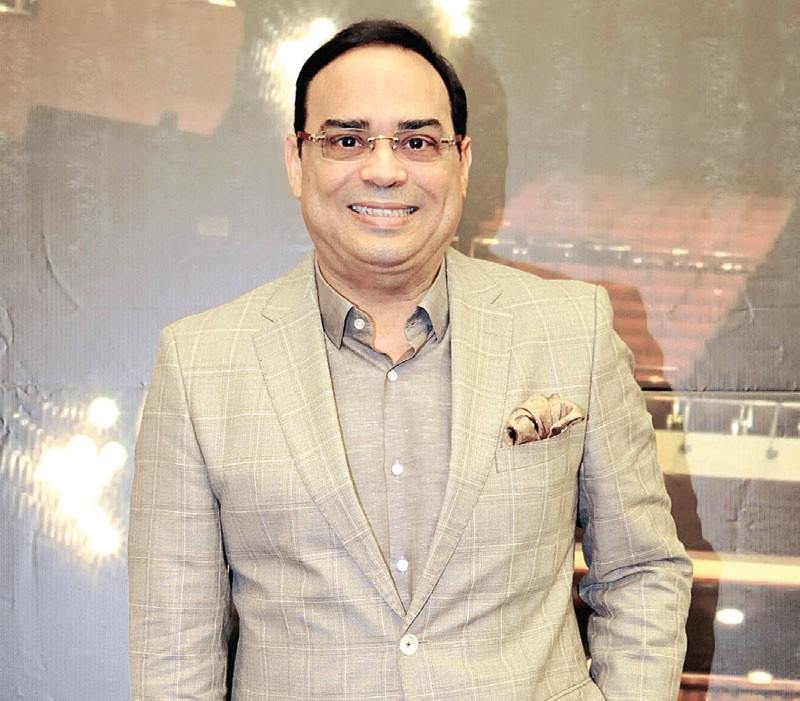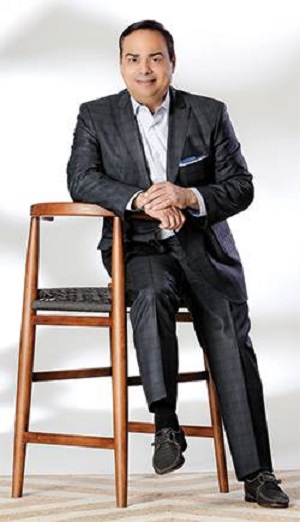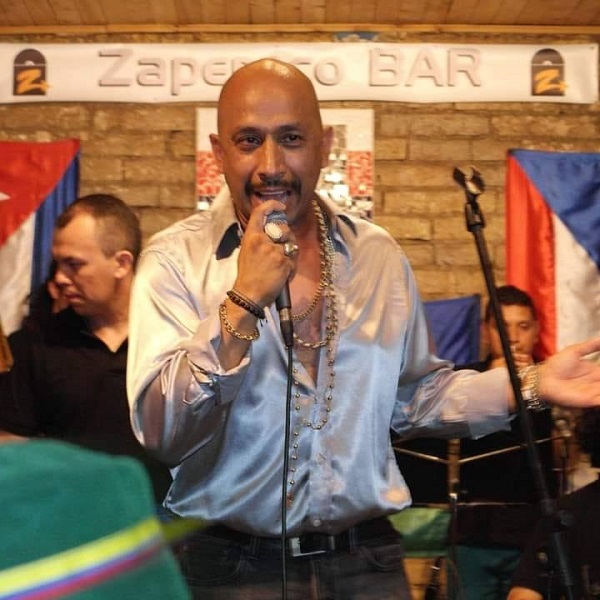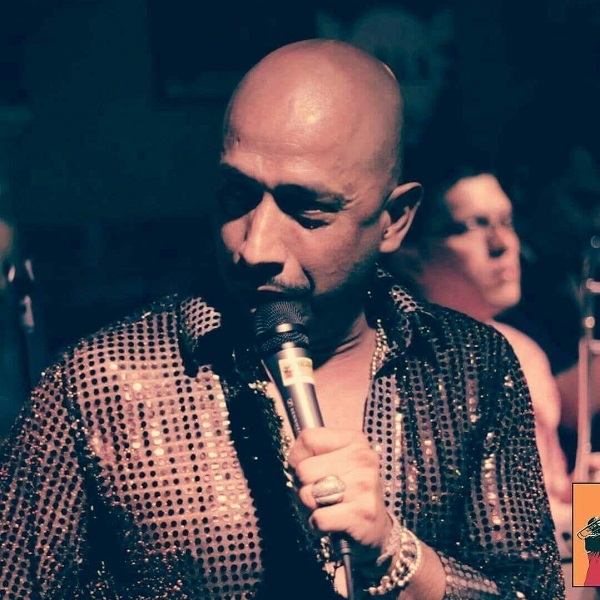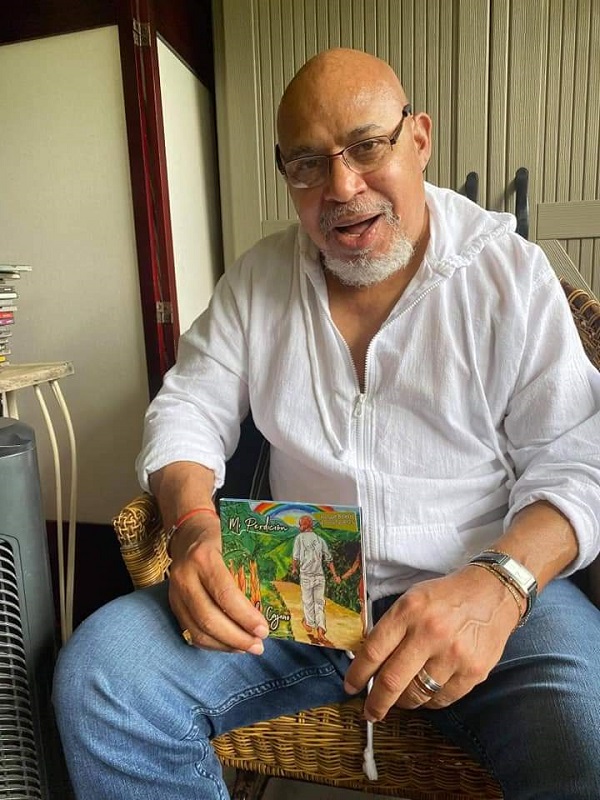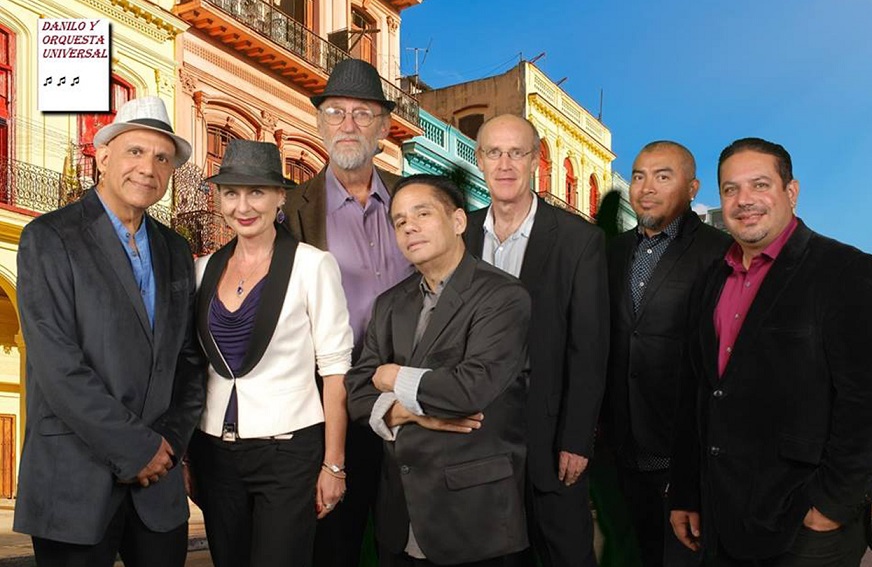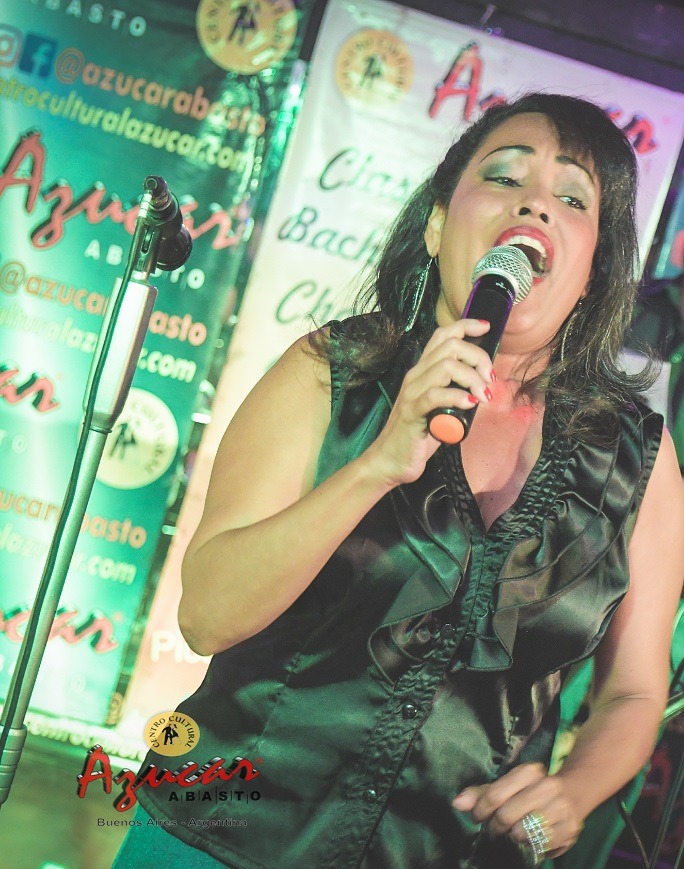North America / United States
The latin music from the Johnny Cruz view
We are about to end this 2020 so atypical and challenging for everyone. Especially for artists who make a living from shows and entertainment. I want to congratulate all those who keep up working despite adversity. I also take advantage of the season to thank those who accompany us to make each and every one of our projects possible, and of course, to God, for the health and recovery of those who have had relapses throughout this year. Thank you all!

My recognition goes to Ismael Miranda.
This Puerto Rican artist became famous during the salsa explosion of the 70s in New York, his fans called him “El niño bonito de la salsa”. Miranda was still a teenager when he recorded with the Larry Harlow Orchestra and joined the Fania All Stars.
Then came a solo career of extraordinary quality. Known for his professionalism and healthy habits, Miranda continues to record and perform concerts with his voice as vital as ever.
He recorded his first album at 16 with the Joey Pastrana orchestra. Then he went to Larry Harlow and began to seek his own identity and have more respect for music. He confesses that at first he did not take his music career so seriously, and although there were women and drugs, he never disrespected his directors or the public.
“When fame falls on you and you are not prepared, you become a person who is not very nice, who thinks that he is more than anyone else. I was an inexperienced baby, but I was catching up little by little.
Friends like Cheo Feliciano and Pete “El Conde” Rodríguez watched over me. Adalberto Santiago was always by my side. Santitos Colón — Tito Puente’s singer — became my compadre. With all those people that surrounded me, I had to start doing things as God intended so as not to lose their support,” he said in an interview. Given the good impression his performances with Andy Harlow made, his brother, Larry Harlow, called the Judío Maravilloso, decided to recruit him to his orchestra.
Ismael Miranda began his recording cycle with the album El exigente. Convinced of the potential of the young singer, in 1968, Larry launched a new production entitled Harlow Orchestra presents Ismael Miranda.
The successes were repeated with the recordings Electric Harlow, Tribute to Arsenio Rodríguez, Abran paso and Oportunidad. With Larry Harlow, Ismael also ventured into the field of composition, sharing credits with him on the songs “La revolucion”, “Guasasa”, “Arsenio”, “El malecón” and “Lamento de un guajiro”, among others.
He has also stated that the most unpleasant thing about his career is that being so young in the beginning, he has had to see iconic characters and great friends like Héctor Lavoe, Celia Cruz, La Lupe pass away.
Find it difficult to be alone after having so many friends. “Today the world is each one by his side. La Fania was not just a record company. We were a big family in which we all loved each other very much. Every time I hear another musician leave, my soul breaks. ”
In the 1980s he recorded several productions with his independent record label. He recorded in 1984 with the prestigious Cuban group Sonora Matancera for his old record company Fania.
In 1986 his album Versos de Nuestra Cultura, together with singer-songwriter José Nogueras, was one of the great successes of the Christmas season of that year. In 1988 he announced his intention to retire from the artistic media. But that idea never came to fruition. Ismael has recorded with his own record label, IM Records, and with the RMM company.
He has a very close family. He has been with his second marriage for 25 years and has also been with his first wife for another 25 years. All of his children are married and have their own businesses. He has 13 grandchildren and two great-grandchildren. Recently Ismael Miranda and José Alberto “El Canario” joined Daniel Peña in “Hijo Del Cañaveral” Daniel Peña, Dominican based in the city of Miami.
He is recognized for his percussion skills and for being a music producer. Peña has worked with music greats such as Tito Puente Jr., pianist Marlow Rosado, Ismael Miranda, pianists Richie Ray and Larry Harlow, Celia Cruz and Giovanni Hidalgo. In 2014, he made his debut with the album “Eleven”, dedicated to his children; and three years later I have released “Sancocho”, a project with eleven songs.
The Dominican presents his new single “Hijo del Cañaveral”, a production that he made together with two great masters of salsa, Ismael Miranda and José Alberto “El Canario”.
Gerardo Rivas releases his first solo single.

Puerto Rican Gerardo Rivas delights his followers with the launch of his first solo song. “A derretir el hielo” is a salsa, composed by Juan José Hernández and Victor Sanabria López, with musical production by Marcos Sánchez.
A few weeks after its premiere, the video clip has almost thirty thousand views on YouTube. The work leads to mysticism and contains a refreshing proposal. The direction was the work of Giova González and was filmed in San Juan, Puerto Rico. “Vamos a juntar los cuerpos bella, vamos a subir al cielo, vamos a prender la vela bella, vamos a derretir el hielo” the chorus quotes.
After more than a decade belonging to the group NG2, Puerto Rican salsa duo Rivas decided to try it on their own. “With great humility I present my first solo work. All my life I have been involved in music and daring to do a solo project feels very good “, declared Rivas. The singer is the son of Jerry Rivas, who belongs to “El Gran Combo”. From a very young age he has been immersed in the musical world. He was the vocalist of the group “Gerardito y los rockolos”.
In addition, it has around twenty-five years of experience. Rivas has always been a believer in salsa, bets on it and defends it in each presentation. A faithful representative of the genre!
The new success of Papo Rosario with Luisito Carrion and Isidro Infante!
This is the land where I was born. Papo Rosario is a world-class artist who has put the name of Puerto Rico high. Rosario, who withdrew in 2019 from the group considered the “Universidad de la salsa”, El Gran combo de Puerto Rico, after having an accident and presenting health problems, affirms that he already feels ready to resume his musical career with the Launch of his first solo production by producer Isidro Infante.
From this new album, we have their second single that cannot be missed. Without jumping on stage as before, but maintaining the grace of his movements, the singer Papo Rosario continues to work on his return to salsa with maestro Isidro Infante, who was the musical director of Fania All Stars. Rosario retired from El Gran Combo de Puerto Rico in 2019, after 38 years, as a result of a tumor in the spine, with which he battled since 2000, when he was operated on for the first time. This was followed by a second surgery in 2005, a third in 2017, and a fourth and fifth in 2018.
“They took out the whole tumor, which shot up as it pleased. In 2017 they removed 70% of the tumor on my right side, equivalent to a football. In 2018 they rebuilt my spine because the tumor ate a lot. I have a titanium spine, a scaffold on my back with rods that keep me on my feet. They removed 30% of the tumor on my left side in 2018,”, explained the singer. The medical prognosis indicated that he would not walk again.
“After so much therapy, I feel super good. After the operation, he said: let it be the will of Father God, it was not known if he was walking or not. I am up in the fight and grateful to God and to all the people for their prayers, which have contributed greatly to my health ”, the now soloist has stated in recent interviews. Rosario’s relationship with Infante dates back to adolescence, when they studied at Central High School in Santurce.
“I have always been an admirer of Isidro. We met around the world, he with the Fania and I with the Combo. People told me: ‘You have to do something’, I made up my mind and wanted Isidro to make a couple of arrangements for me”, he revealed. He has also stated that: “We come with traditional sauce, eventually something will be done with more mischief. The topics are everyday, nothing hurtful, but motivational in the middle of the quarantine. We do not want to come with bochinches, but to bring joy and give thanks ”. I wish you success today and always!
Gran Combo in concert
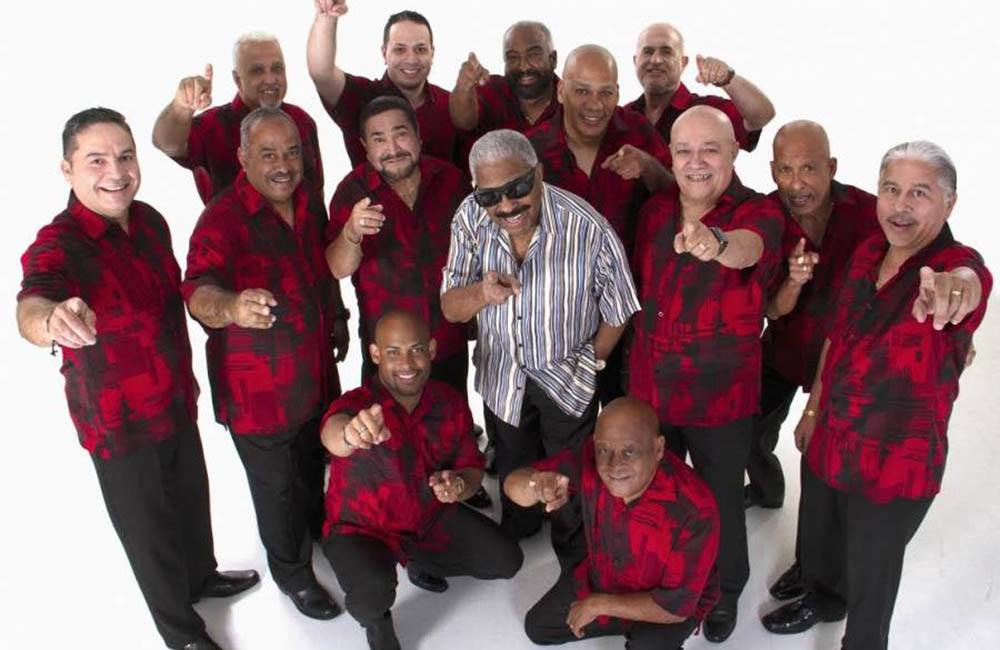
El Gran Combo de Puerto Rico announced its first virtual concert for this November 14th from the Centro de Bellas Artes in Santurce. After almost eight months of inactivity due to the paralysis of the entertainment and events industry caused by the COVID-19 pandemic.
The “Mulatos del Sabor” have remained “bien guardados” during this period, but they understand that it is now “time to remove the mold and offer the sauce that we are asking for,” according to Jerry Rivas, vocalist of the veteran group. The so-called “Universidad de la Salsa” will offer on Saturday, November 14 at 9:00 p.m. the virtual show from the stage of the Centro de Bellas Artes (CBA), Luis A Ferré in Santurce. The mulatos have named the concert “El Gran Combo para el mundo”, since from the Spyntyx.com platform it can be enjoyed from any corner of the planet.
“The pandemic arrived and the whole world was paralyzed. But in the face of people’s requests and the messages that reached us about when they are going to do a show, we ventured into this format, which is new to us, but it is still an opportunity to reach more people anywhere in the world. In addition, we are going to present some of the themes of what will be our new record production “, mentioned Willie Sotelo, musical director of the group.
Sotelo and Rivas indicated that the founder of El Gran Combo, Rafael Ithier welcomed the virtual format, since like the rest of the members he is eager to return to the stage. Ithier turned 94 years old in August this year and has been very careful and cautious in preventing the spread of the coronavirus. So much so that for the birthday celebration the mulattoes surprised him with a sound bus at his house.
The musicians arrived at the front of Ithier’s residence and greeted him from the outside, and according to Rivas, days later the older mulato was tested for COVID-19 to verify that he is in good health. The virtual show will be prerecorded in some parts to avoid any mistakes. Tickets can be pre-purchased through spyntyx.com at a cost of $ 8.00.
The presentation will be a musical journey through hits such as: “Arroz con habichuelas”, “Sin salsa no hay paraíso”, “El problema está en el coco”, “Es la mujer”, “Achilipú”, “Colombia tierra querida”, “A mí me gusta mi pueblo”, “La espuma y la ola”, “El comején”, “La receta de amor”, “Alguien que me quite tu amor”,”Si la ves por ahí”, “Te veo, nena” y “No hay manera”, among others.
The group will integrate to the repertoire about three new songs as part of the musical production that they have worked in the months of the pandemic and that they hope to release before the end of 2020. “We had started the album before the pandemic, but these months have been perfect because by not traveling we have been able to dedicate ourselves to finishing the nine songs on the album. We are already in negotiations with record companies and the launch should be in December”, said Sotelo.
The group is invited every year to participate in the Feria de Cali at the end of December. This year, the invitation came to make the presentations in a small format capacity and in various tents that can maintain social distancing. The salsa orchestra has not confirmed its participation, so they are still evaluating the possibility of traveling to Colombia. Even so, in Puerto Rico they have six dates of Drive-In events and closed circuits confirmed for the holiday season. This never stops!
Adaberto Santiago 65th Anniversary
And if we are talking about incredible careers in this edition, I can’t stop talking about Adalberto Santiago and the new projects of the 65th anniversary with great artists of the genre. This time I can tell you about Cuco Peña’s string arrangements, the participation of Nelson Jaimes and, of course, the help of my friend Freddy Miranda. At 83 years old, he is still in the rumba. There is less and less to show the world this historical piece for the world of salsa.
Some invitations
The invitation to tune in to the new Fm / Internet radio station on Live365.com continues: Salsagallery. Good music, interviews with the artists and much more.
As always, remember that Spanish Harlem Salsa Gallery is in 1708 Lexington ave New York N.Y. 10029. Open free to the public all Thursdays & Fridays from 4 to 7 pm and Saturdays from 1 to 8 pm. Check the updates in our website: spahasalsagallery.com.
Also, The Johnny Cruz Show, the # 1 Salsa Show on television on all 5 Boroughs of New York on CH67. Saturdays from 3:30 to 4:30 pm.
Contact: Johnny Cruz. 917-747-8505. [email protected].
